Rental LED Display screens and LED posters are changing the way businesses, occasion organizers, and marketers approach promoting, excitement, and communication. These imaginative innovations give high-quality visuals, flexibility, and ease of utilize, making them prevalent choices for an assortment of applications. In this article, we will investigate the reasons why rental LED Display screens and LED posters are progressively favored over distinctive businesses and environments.
#Muenled
#RentalLEDDisplay
#LEDposters
All posts tagged: Indoor LED displays
The hardest part of starting up is starting out
How to choose to Rental LED Display Screens and LED posters?
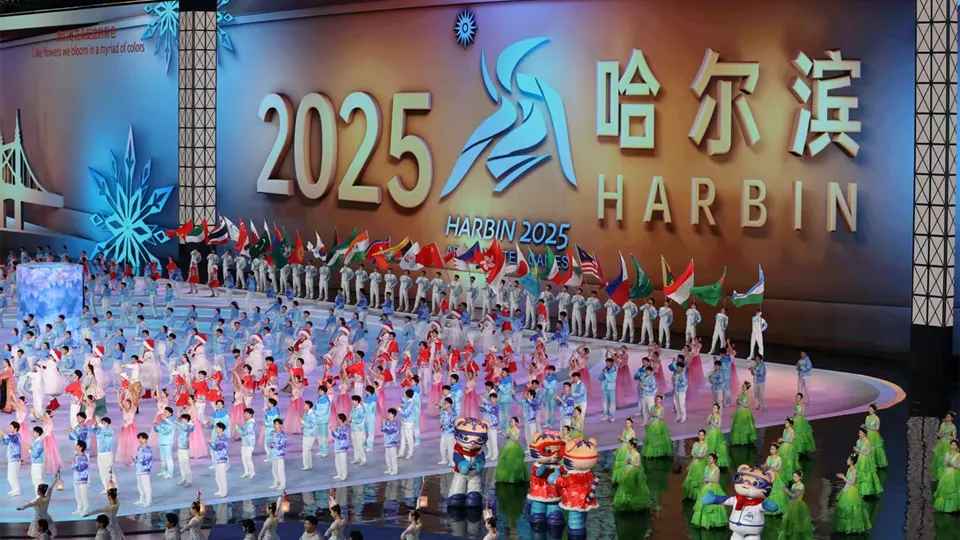
How can sports LED displays ignite the passion of the Asian Winter Games?
The 9th Asian Winter Games concluded successfully in Harbin, Heilongjiang, leaving behind unforgettable memories of athletic brilliance. Beyond the awe-inspiring performances of the athletes, sports LED displays emerged as the silent heroes of the event, powering immersive experiences and seamless operations.
#MuenLED
#leddisplay
#ledscreen
#RentalLEDdisplay
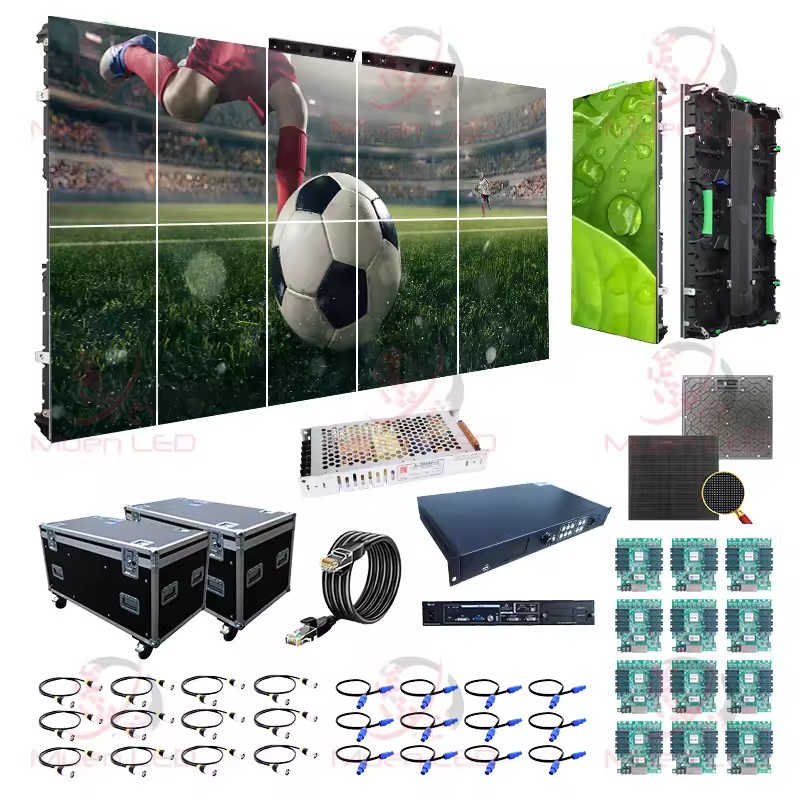
How can Rental LED Displays bring real-time action to sports fans?
Imagine being at a sports event where every moment feels alive, where you’re instantly connected to every play, stat, and highlight.
#Muenled
#leddisplay
#ledscreen
#RentalLEDDisplays
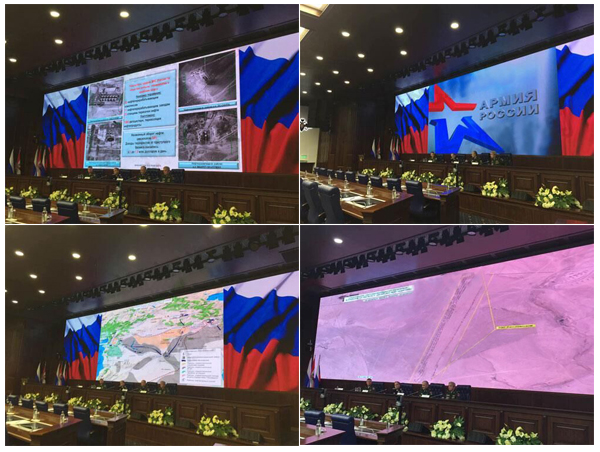
How to choose suitable stage background LED screen?
As we all know, on a gorgeous stage, you can usually see various types of LED displays. The biggest feature of this LED stage screen is that the scene is rich, the screen size is large, and the content is colorful. With stage lighting and scenery, it can make people feel immersed in the scene, which is an indispensable kind of commercial performance. To create a more stunning effect, the choice of screen is very important. So, what related issues should be paid attention to when choosing a stage LED background screen?
#Muenled
#leddisplay
#ledscreen
#stagebackgroundLEDscreen
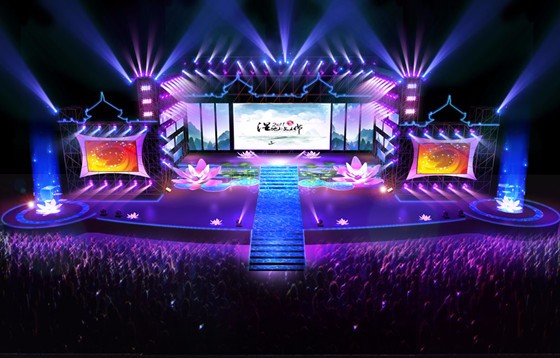
How to choose an LED display stage for the event?
Stage building is a key part of event planning and involves many details. Once ignored, it may cause problems and affect the effect of the event. In this article, we will explain in detail from the LED display stage construction program, LED display precautions and build site details.
#Muenled
#leddisplay
#ledscreen
#RentalLEDdisplay
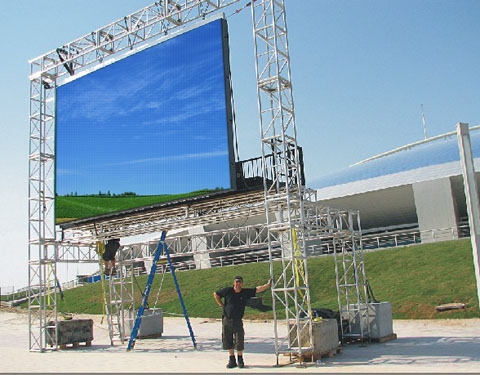
How to choose to Rental LED Display?
With the rapid development of science and technology, LED display in the market is more and more widely used. Whether it is a large concert, sporting events, or corporate conferences, exhibitions, rental LED display plays a vital role. However, in the face of a wide range of products on the market, how to choose the right rental LED display has become a problem for many users. This article will start from a technical point of view, for you to analyze in detail 2025 rental LED display selection points.
#Muenled
#leddisplay
# ledscreen
#RentalLEDDisplay
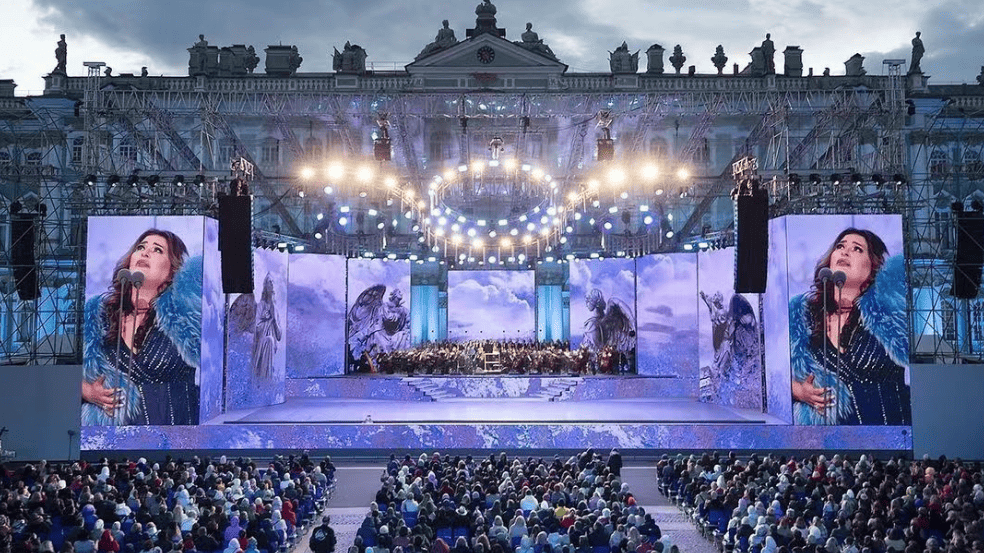
How to promote professional brands through outdoor rental screens?
Outdoor rental screens are essential for enhancing corporate events by boosting brand visibility, engaging attendees, and displaying real-time content. These high-definition screens create a professional atmosphere, support live streaming, and provide interactive features. Whether for product launches, conferences, or networking events, rental screens elevate the experience, ensuring your event leaves a lasting, impactful impression.
#Muenled
#leddisplay
#ledscreen
#RentalLEDdisplay
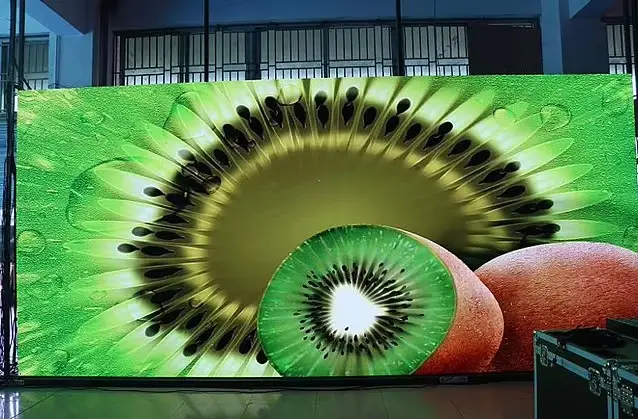
Choose LED screen rental service for your event
In today’s digital era, LED display screens have become a popular choice for various events and advertising needs.
#Muenled
#leddisplay
#ledscreen
#RentalLEDdisplay
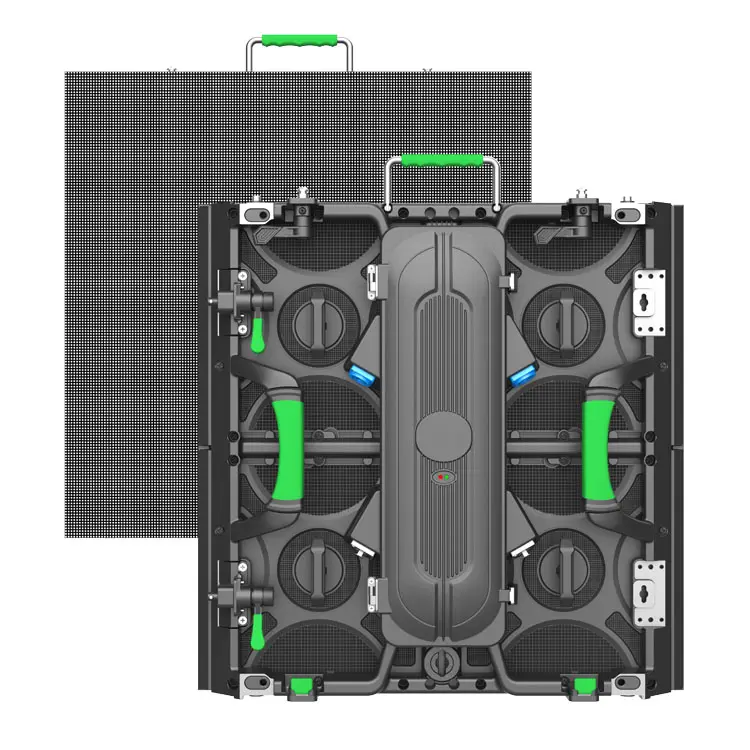
What are the factors to consider before renting an LED display screen?
LED displays have become a vital tool for enhancing visual experiences in events, exhibitions, product launches, and outdoor advertising.
#Muenled
#leddisplay
#ledscreen
#RentalLEDscreen

How to enhance your retail marketing by Rental LED Screens?
In the fast-paced world of retail, businesses are constantly seeking innovative ways to capture customer attention and enhance their shopping experience.
#Muenled
#leddisplay
#ledscreen
#RentalLEDscreen